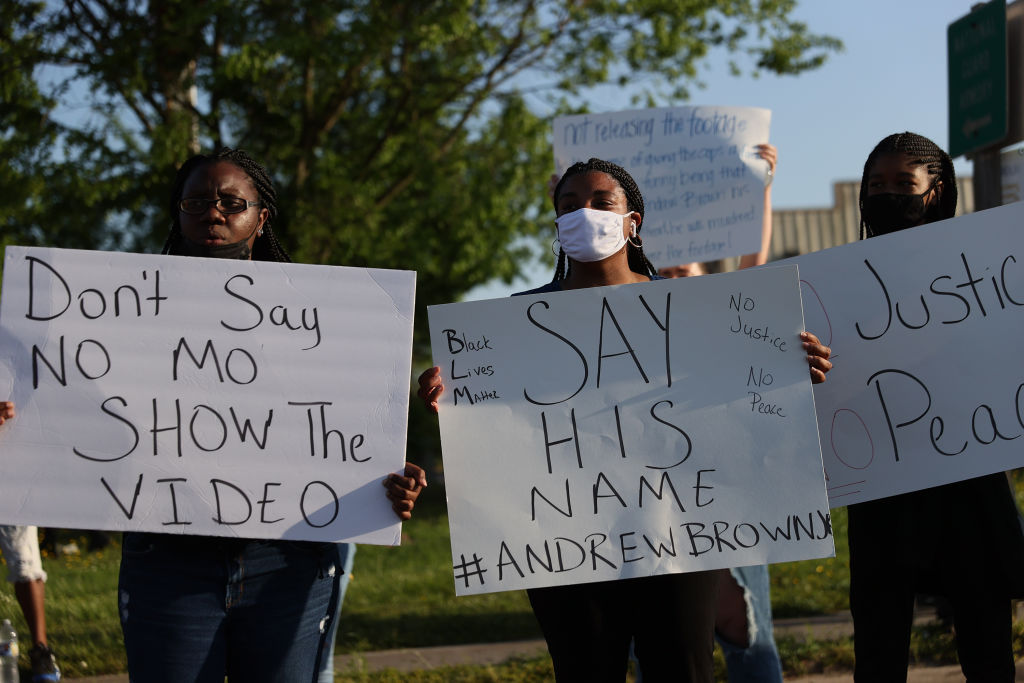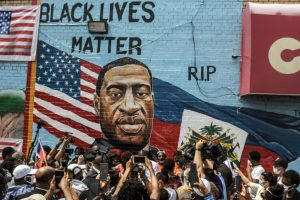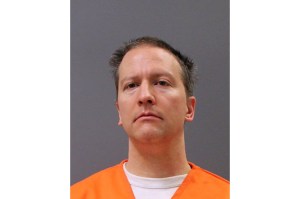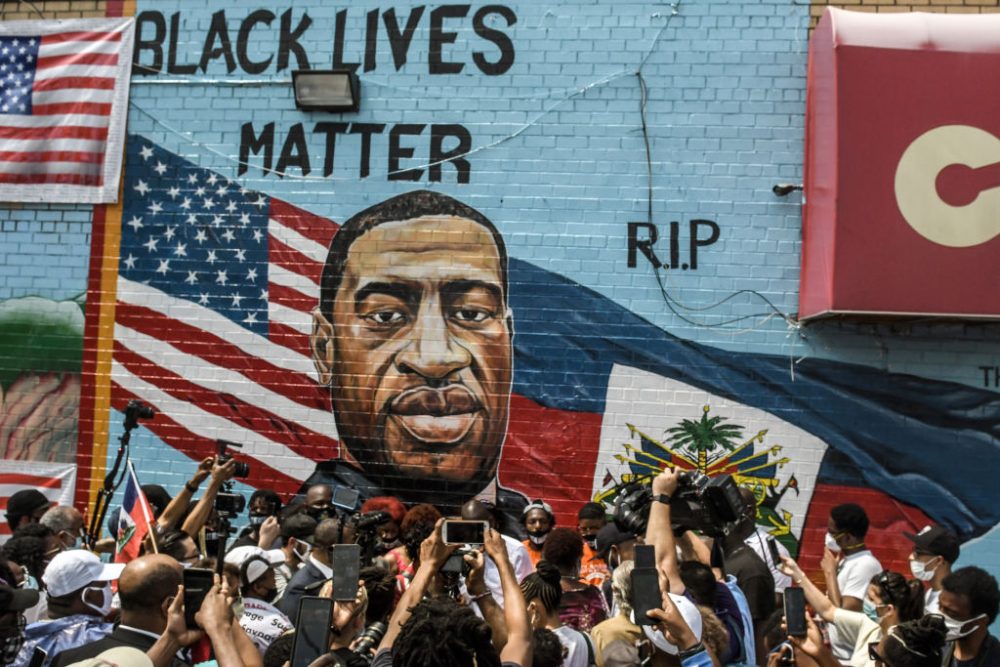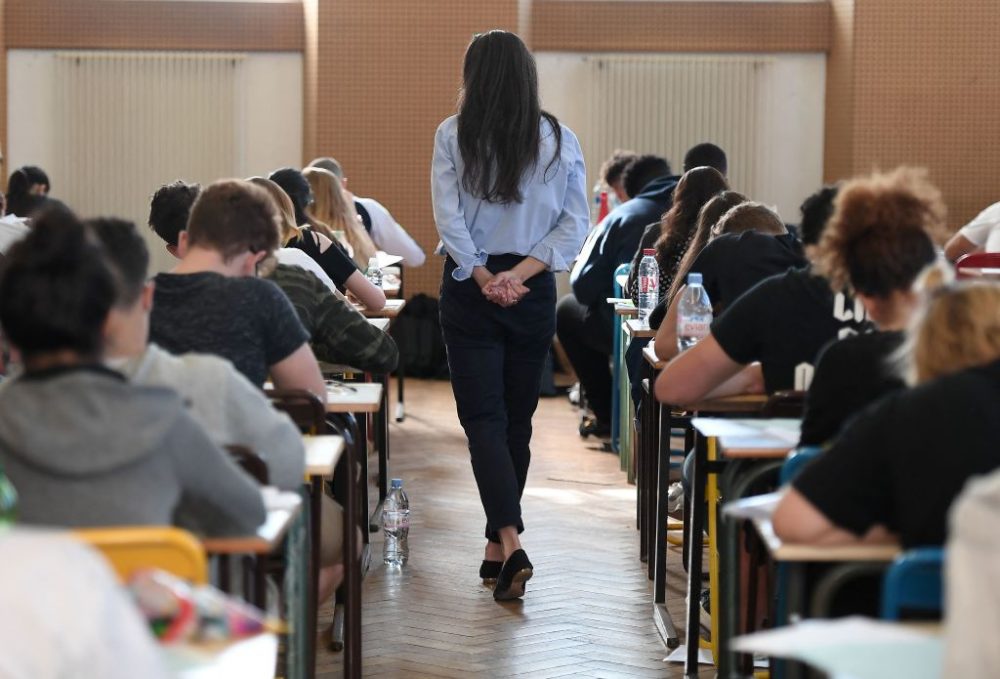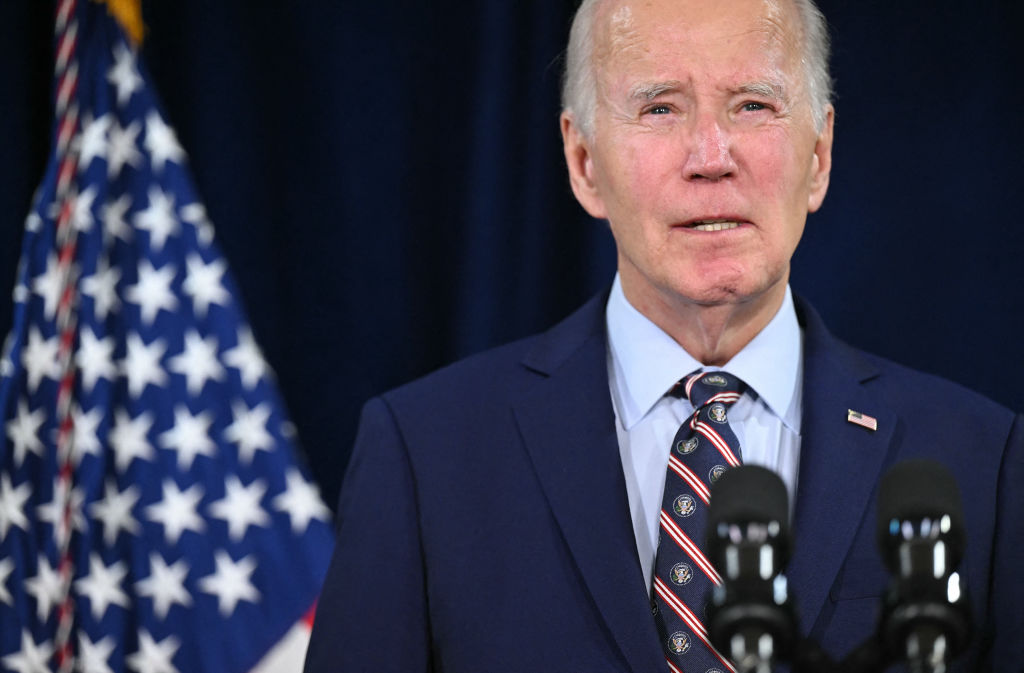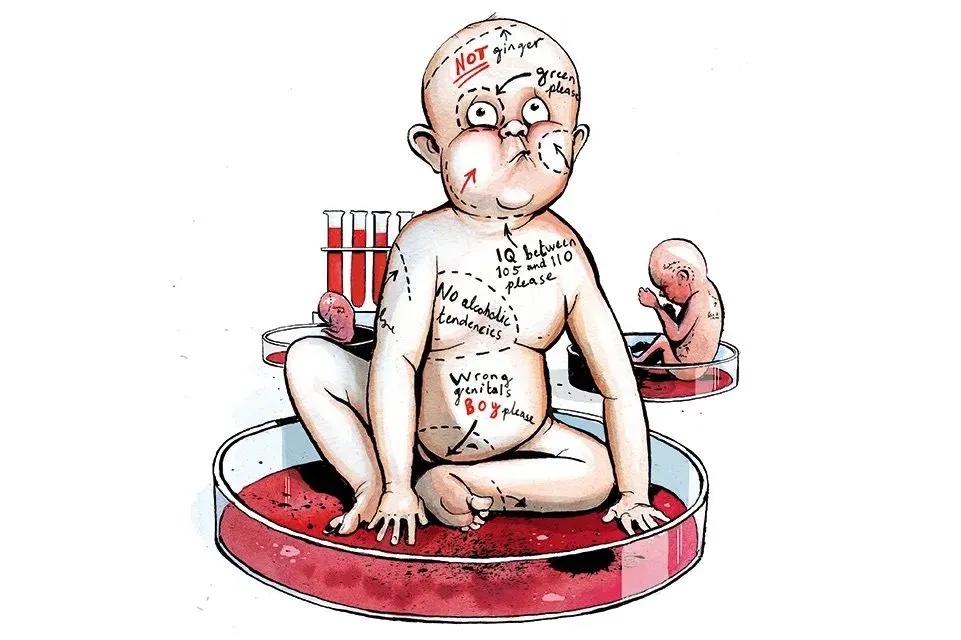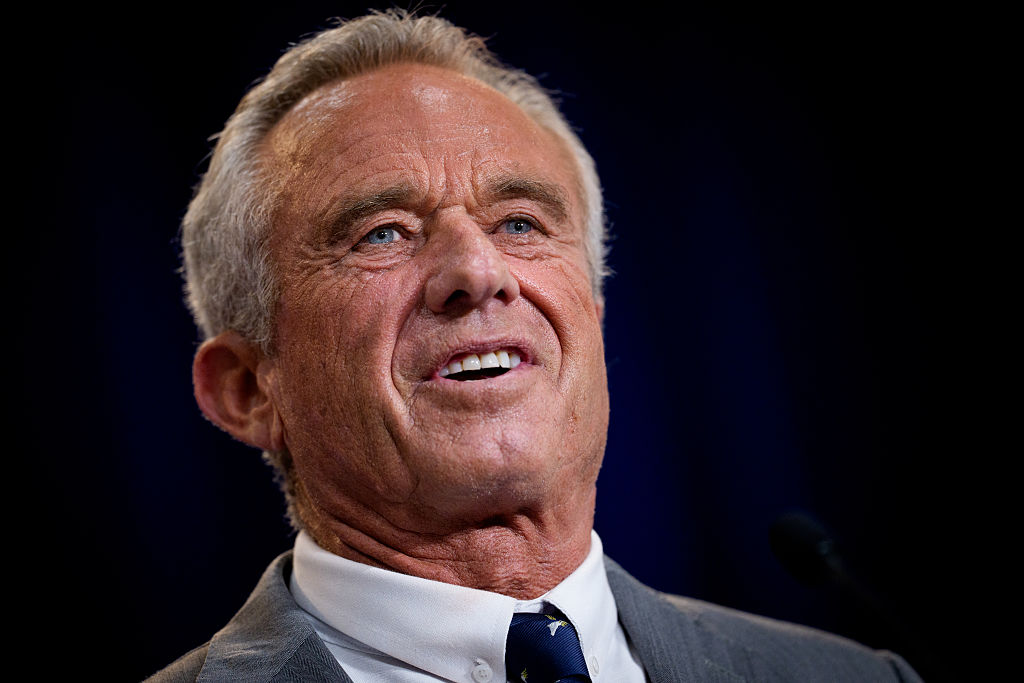Now that COVID-19 vaccines are widely available in the US, the CDC have released a handy chart to illustrate the relative risks of certain activities to vaccinated vs unvaccinated people.
The color-coded chart, titled ‘Choosing Safer Activities’ and published this week, seems to be meant to persuade more people to get jabbed: the vaccinated figure is given a green light to do all sorts of things, including seeing friends, going to the movies and dining indoors, while the unvaccinated person gets a red or yellow danger alert for all but the smallest outdoor gatherings. However, the vaccinated figure is also pictured wearing a mask, which seems to suggest a startling lack of confidence in the vaccines’ efficacy. (If the immunity conferred by vaccination doesn’t make it safe to live, work and socialize normally — including with our faces uncovered — then why are we all getting injected again?)
But apart from the mixed messaging on masks, one particular line in the chart stands out above the rest. Among the outdoor activities listed is ‘a crowded outdoor event’, a category which includes ‘a live performance, parade, or sports event’. The vaccinated person can safely attend such an event with a mask on, the chart says — but an unvaccinated person? Danger! Red alert!
Wait, what?
Lest we forget, it was less than a year ago that hundreds of thousands of unvaccinated people poured into the streets after the murder of George Floyd in Minneapolis. The protests lasted all summer long and caused something of a credibility crisis for public health officials, who largely refused to condemn the gatherings even as they continued to insist that other crowded outdoor events including church services, sporting events, funerals and even protests for other causes were too dangerous to be permitted. Thirteen-hundred public health experts signed a letter declaring their support for the Black Lives Matter protests and only the Black Lives Matter protests: ‘We do not condemn these gatherings as risky for COVID-19 transmission,’ they wrote.
Crucially, this was all happening at a moment when social-distance shaming had become America’s favorite pastime. Hey, it beats baseball. People freaked out on a weekly basis over photos purporting to show dangerously crowded parks, playgrounds, beaches, or pools. One July gathering at Missouri’s Lake of the Ozarks was described in headlines (erroneously and without evidence) as ‘a star-spangled super-spreader event’. Government officials in New York vowed to pull people out of the water at Coney Island; a man dressed as the Grim Reaper shamed beachgoers in Florida to widespread acclaim.
Needless to say, people noticed the sudden inconsistency, as if the coronavirus would steer clear of infecting people who’d gathered in groups for a good cause. It’s hard to quantify what a serious failure of messaging this was, or how much damage it did to public trust. At a moment when Americans were desperate for information on where and how the coronavirus was likely to spread, they instead received political prevarication from public health officials who could only suggest that some causes were so important that they were worth the risk of worsening the plague (and then barred contact tracers from asking COVID patients if they’d attended a protest.)
It was especially important that the CDC be as factual, straightforward and transparent as possible when it came to issuing these updated guidelines. Americans are still desperate for accurate, intelligible, science-based information about what it’s safe to do, only now with the added frustration of having lost a year of their lives to the pandemic — which also means we have a year’s worth of data to help inform any updated policies. For instance, we know that last year’s Black Lives Matter protests did not cause an observable spike in cases; in fact, we know that spreading the virus outdoors is extremely difficult to do under any circumstances.
It should have been a no-brainer to translate this information into an easily digestible set of rules that are based in reality and supported by the available science — and to show Americans the reasoning behind them so that we can make an informed risk assessment when it comes to our summer plans. More than that, it was important that our public health officials not repeat the earlier mistakes that cost them their credibility at a crucial time.
Instead, we got a chart that insists, counter to both the observable data and many people’s own personal experience, that attending an outdoor protest is not just dangerous, but just as dangerous as dining — or singing — indoors. Public health officials are once again issuing guidelines that are unclear, alarmist and designed to frighten people into compliance, rather than trusting them with the truth and the power to make choices accordingly.



